1st Source Bank
& Contractors

1st Source Bank
& Contractors
t’s the question that every contractor asks themselves when acquiring equipment: Is it better to rent or buy?
The construction industry was thrown a curveball with the COVID-19 pandemic at the end of the first quarter of 2020. As a result, there was a considerable amount of economic uncertainty in the second and third quarters of 2020, which led to some lenders taking a more conservative underwriting approach. Many contractors also chose to be cautious, as they elected to rent equipment instead of financing, even with historically low interest rates.
This will cause some trepidation for both borrowers and lenders when it comes to equipment financing, as it remains to be seen how the construction industry will be affected long-term by the COVID-19 pandemic. The construction industry outlook from a glass-half-full perspective points out that the pandemic has caused a backlog of new construction projects. This is most prominent in the residential housing sector, as demand for housing has exceeded supply. Consumers are choosing to buy over rent to take advantage of low mortgage interest rates. There are also long-overdue infrastructure repairs and improvements to highways and bridges that will need to be addressed in the near future.
The most recent COVID-19 stimulus bill, passed in December, contains almost $170 million of additional funding for federal highways. Another $1.9 trillion COVID stimulus bill on the table—which appears to have some hope of passing—also includes a significant amount of money for highways and airports.
The biggest unknown facing the construction industry in 2021 continues to be COVID-19 and the ability to get a large percentage of the population vaccinated to avoid potential shutdowns. It would be a big boost to the state of Alaska if a vaccine is readily available before the construction and tourism seasons.
This is not always the case however, as purchasing equipment that holds its value well could be a cheaper alternative to renting, with the ability to sell the asset after a couple years of use. Equipment that generates revenue across many applications will always be more economical to purchase. There is no exact science when deciding whether to purchase or rent equipment, but it is important for contractors to consider the position their company is in today as well as where they see their company in five or even ten years into the future.
